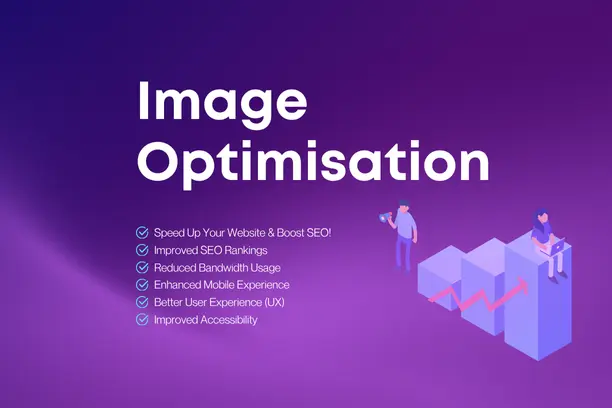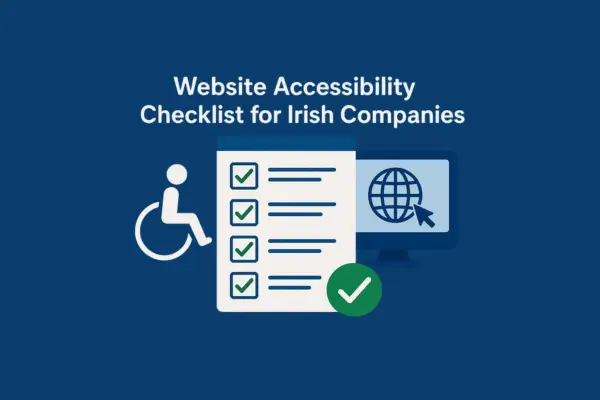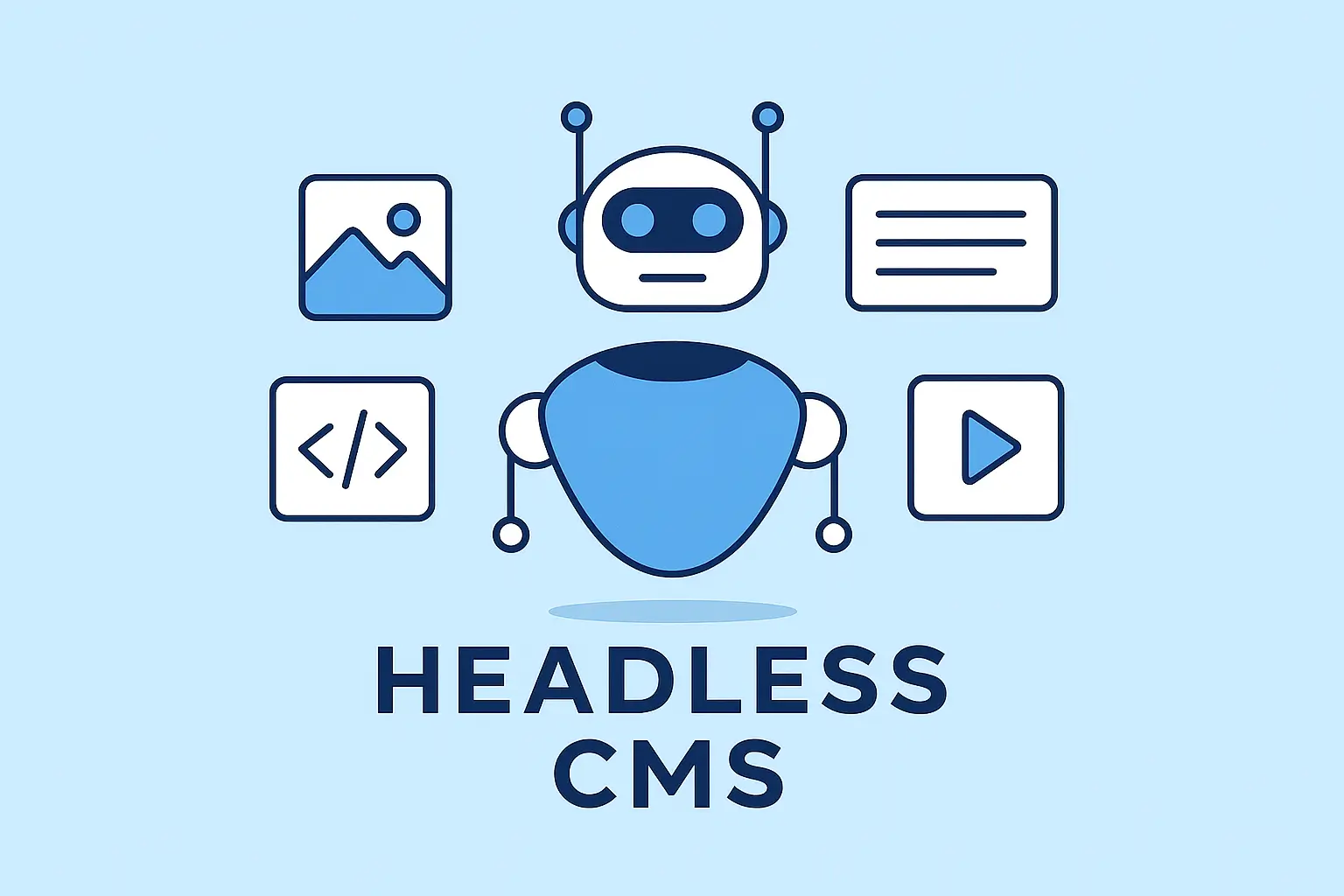Updatated on Aug 28, 2024
Introduction
Mobile-first design has become a cornerstone of effective web development. With more people accessing the internet via mobile devices than ever before, designing websites with mobile users in mind is no longer optional—it's essential. But what exactly is mobile-first design, and why does it matter so much?
What is Mobile-First Design?
Mobile-first design is an approach where websites are initially created for mobile devices, ensuring a smooth experience on smaller screens. The design is then adapted to larger devices like desktops and tablets. This strategy shifts the focus from shrinking a desktop site down to fitting smaller screens to crafting a site that looks and performs perfectly on mobile from the start.
Why is Mobile-First Design So Important?
-
Widespread Mobile Usage: Mobile devices have overtaken desktops as the primary way people access the web. More than half of all internet traffic now comes from mobile phones. If your website is not optimised for mobile, you risk losing a large segment of potential customers who find it hard to navigate or use your site on their smartphones.
-
Enhanced User Experience: Mobile-first design prioritises usability for small screens, making websites easier to navigate, read, and interact with on a mobile device. This focus on user experience can lead to longer browsing times, reduced bounce rates, and higher customer satisfaction—key factors that drive engagement and conversions.
-
Improved SEO and Visibility: Google and other search engines have moved to mobile-first indexing, meaning they predominantly use the mobile version of a site to determine its ranking in search results. A mobile-optimised website is more likely to rank higher in search results, improving your visibility and attracting more organic traffic. Check out The Importance of SEO in Web Design and Mastering Website SEO: A Comprehensive Guide to Free Tools for Auditing, Analysing, and Optimising Your Site
-
Faster Loading Times: Mobile-first design often involves simplifying the website structure, compressing images, and reducing heavy elements. This leads to faster load times, which is critical since users expect websites to load in a matter of seconds. Faster loading times can significantly improve user retention and reduce the chance of visitors leaving your site before it fully loads.
-
Catering to On-the-Go Users: People use mobile devices on the go, meaning they seek quick and easy access to information, products, or services. A mobile-first website that is easy to navigate and provides essential information at a glance will better cater to these users, increasing the chances of conversion.
-
Supports Future Technologies: As new technologies like 5G, foldable screens, and wearable devices become more prevalent, having a mobile-first design ensures your website is adaptable and ready for future innovations. It positions your website to take advantage of new mobile capabilities, like faster browsing speeds and more interactive user experiences.
-
Builds Trust and Credibility: A well-designed, mobile-friendly website builds trust with users. If your website is difficult to use on a mobile device, users may perceive your business as outdated or less credible. A seamless mobile experience shows that your business cares about accessibility and user satisfaction, fostering trust and encouraging repeat visits.
-
Higher Conversion Rates: A website that performs well on mobile devices can directly impact your bottom line. Mobile-first design can lead to higher conversion rates by providing a smoother purchasing process, faster checkout, and easy-to-use contact forms, all tailored to the mobile experience.
-
Meeting Accessibility Standards: Mobile-first design also aligns with accessibility best practices, making websites more usable for people with disabilities. Features like larger touch targets, clear call-to-action buttons, and responsive layouts can help ensure everyone, regardless of their abilities, can navigate your site effectively.
How to Implement a Mobile-First Design:
- Prioritise Content: Focus on the most essential content and features that mobile users need and eliminate any unnecessary clutter.
- Streamline Navigation: Use clear, concise menus and large, easy-to-tap buttons to enhance navigation.
- Optimise Images and Media: Compress images and videos for faster loading without compromising quality.
- Use Responsive Design Techniques: Ensure your design adapts smoothly across all screen sizes and devices.
- Test Regularly: Continuously test your website on various mobile devices and screen sizes to ensure optimal performance.
Conclusion
Mobile-first design is no longer just a trend—it's a fundamental approach to web development. By prioritising mobile users, businesses can improve user experience, boost SEO rankings, increase conversion rates, and prepare for future technological changes. Embracing a mobile-first strategy ensures your website meets user expectations and stays competitive in an increasingly mobile-driven world.
If you need help creating a mobile-first website for your business, contact Web Wizard today!








